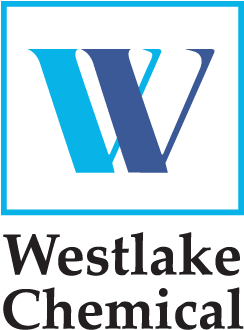- More flexible payment plans and loan deferments or other ways of postponing loan payments are available
- Some jobs offer forgiveness for part of your loan
- There are no penalties for prepaying on the loan
This is financial information that will help your college determine your financial need, so they can offer various forms of assistance ranging from federal grants or scholarships to student loans.
Direct subsidized loans. These loans https://badcreditloanshelp.net/payday-loans-nc/ are given to undergraduate students who demonstrate clear financial need to help them cover the costs of their education. The need ily, being dependent on a single parent with low income, or other financial issues.
Undergraduate students with direct subsidized loans can borrow as much as $5,500 to $12,500 per year, depending on what year they are in school and their dependency status. With direct subsidized loans, the U.S. department of pays the interest while you’re enrolled in school at least half-time, during the six-month grace period after graduation, and during any deferment periods. Direct unsubsidized loans. These can go to undergraduate, graduate, and professional students. Eligibility is not based on financial need.
Graduate and professional students can borrow up to $20,500 per year. Undergraduate students can borrow up to $12,500 per year. Unlike subsidized loans, direct unsubsidized loans start accruing interest immediately and will continue to accrue while you are in school, during the grace period, and during any deferment or forbearance periods. Direct PLUS loans. Graduate and professional students are qualified for these loans, along with parents of undergraduate students. PLUS loans are specifically designed to cover education-related expenses that are not covered by other forms of financial aid.
A credit check is required. Anyone with an adverse credit history, like a history of bankruptcy, will be disqualified from this loan.
- Direct consolidation loans. If you have several student loans, this form of federal loan allows you to combine all of them, so you make one student loan payment with a single student loan servicer.
The standard repayment period for most federal loans is 10 years, with payments remaining the same throughout the repayment term. However, if you decide to change your payment plan or consolidate your loans, your repayment plan can be extended up to 30 years. Switching to a graduated repayment plan can also change the consistency of your monthly payments, with payments starting smaller and gradually increasing over time.
Private Loans

Terms and conditions for these student loans can vary widely because the lender, rather than lawmakers, sets the criteria. In some cases, this competition can be to your benefit as a student.
This type of student loan comes from a private provider, such as a bank, credit union, state-based or state-affiliated organization, or a company that specializes in providing student loans
While private loans are typically more expensive than federal loans, with stricter repayment schedules, there are good options for many students in 2020.
- Require repayment of the loan to begin while you are still in school, although there will likely be deferment options
- Offer low payments. If you begin repaying while you’re still in school, monthly payments can be as low as $25, or you can choose to pay only the interest until you graduate.
- Have either variable or fixed interest rates. You can find an interest rate that starts lower than the federal options.
- Require a credit check and either a co-signer or guarantor. These can sometimes be good ways for you to understand your own finances and ability to repay the loan.

